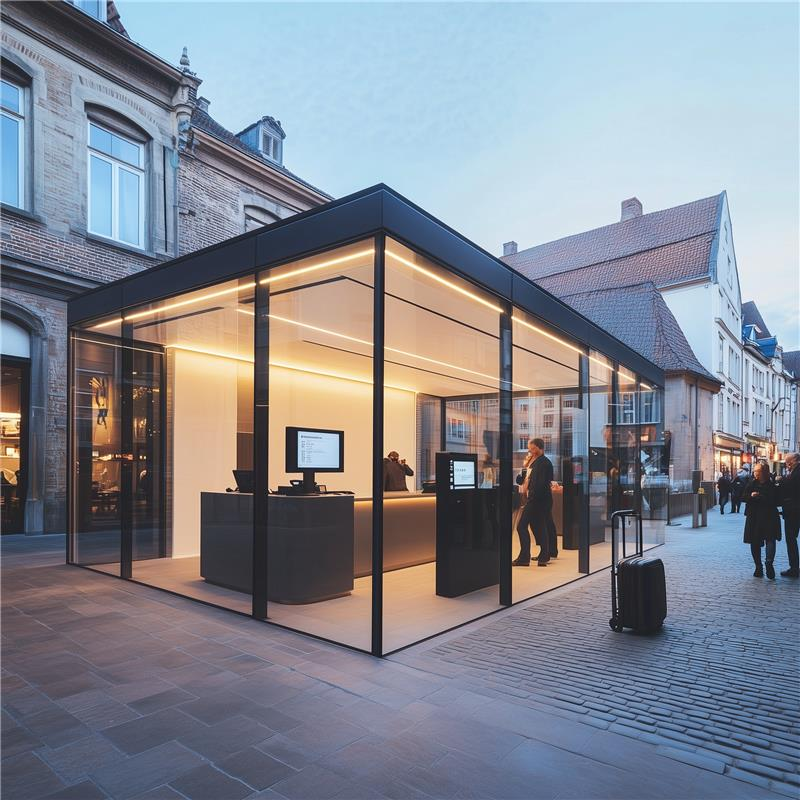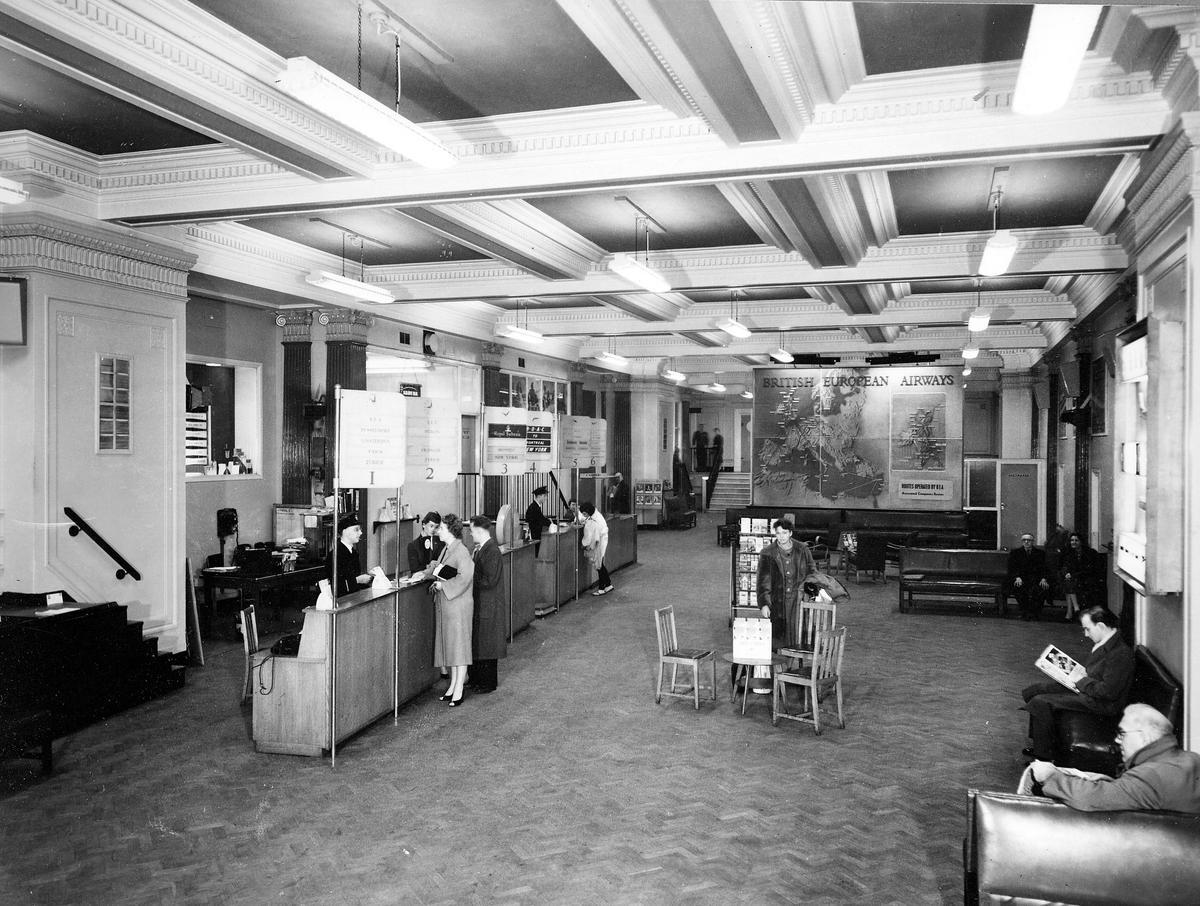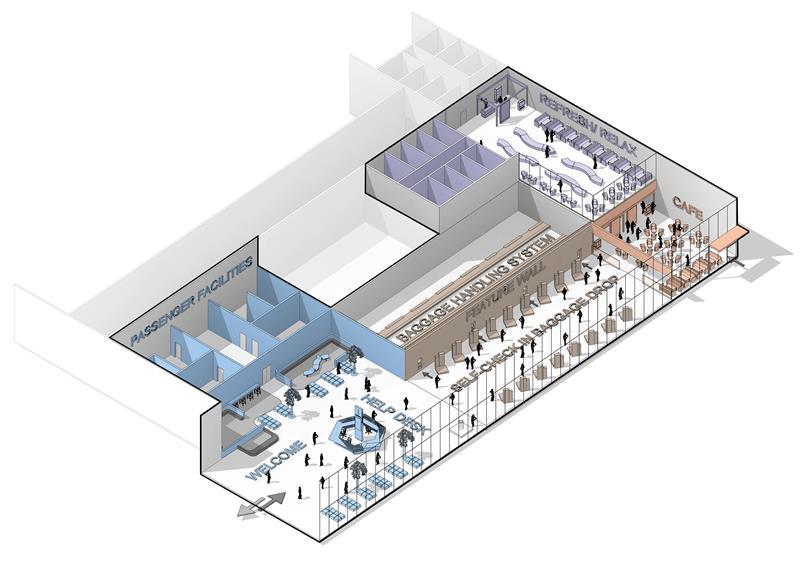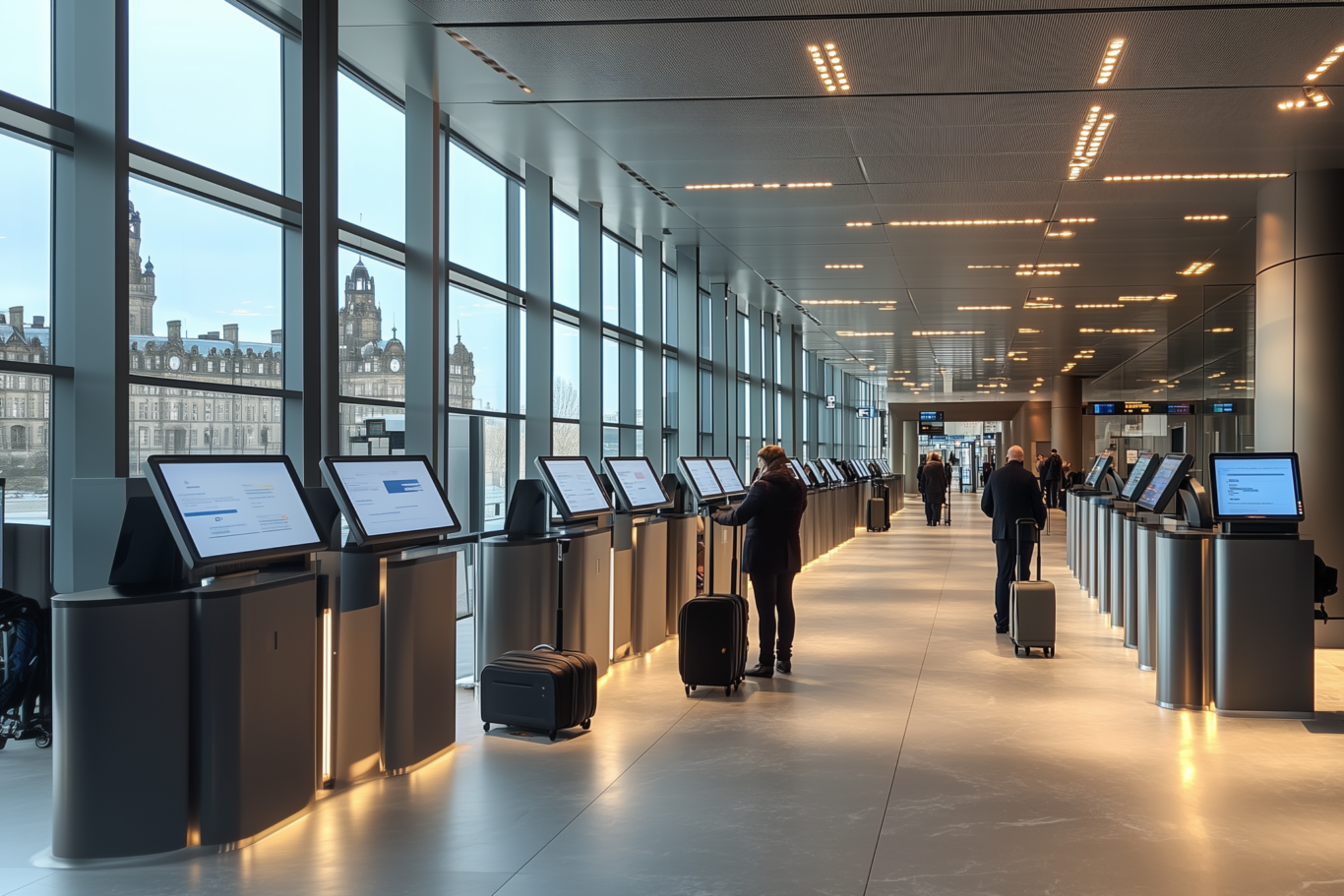
City Centre Check-in Facilities: Opportunities and Challenges
Increasing options and enhancing passenger experience by linking the airport better with its local community
The concept of airports having 'in-city' check-in terminals has existed since the 1950s, though their popularity has fluctuated overtime. Many cities like London and Manchester once had such terminals, but now only a handful remain. However, there is a growing trend of airlines and airports rethinking this service, with examples like Cathay Pacific's successful in-city check-in facility in Hong Kong serving as a benchmark.
Modern city check-ins offer several exciting opportunities, improving the passenger experience, promoting sustainable travel choices, and driving operational efficiency. They also allow airports to better serve and integrate with their local social and business communities. Yet this concept comes with a range of logistical and strategic challenges that need careful consideration. In this insight paper, Transportation Director Luke Kendall will outline the key opportunities and challenges, drawing on our experience in designing these types of facilities.
Opportunities
Enhanced Passenger Experience
A key benefit of in-city check-ins is the enhancement of the passenger experience. This allows travellers to drop off their baggage in a relaxed, central location before heading to the airport. It reduces the stress typically associated with air travel, enabling passengers to arrive closer to their flight time without the usual burdens of heavy luggage or long queues. For both business travellers and tourists, managing check-in and baggage at a city-centre facility offers convenience and flexibility, transforming the entire journey. Passengers can then enjoy the city unburdened by their luggage.
Promoting Sustainable Travel
By relieving passengers of their luggage, they gain more flexibility in choosing how to get to the airport. With lighter bags, options like public transport, ride-sharing, or even walking become more appealing. This shift helps reduce the number of vehicles on the road, easing traffic congestion and lowering carbon emissions from airport journeys. This contributes to the airport's overall sustainability goals, complementing other initiatives aimed at reducing its carbon footprint beyond changes in air operations and aircraft efficiency.
New Revenue Streams
City-centre check-in facilities offer airports and private operators the chance to generate additional revenue streams. These facilities can host retail spaces, branded lounges, baggage services, and other premium offerings. By creating commercial hubs within these check-in points, airports can increase income through both passenger-related services and partnerships with local businesses. Airlines can also offer exclusive services or priority check-ins, enhancing the premium passenger experience while generating additional income. Moreover, these facilities can increase footfall in retail and commercial centres, boosting development viability and rental income.
Efficient Airport Terminals
City-centre check-in facilities can reduce congestion at airports, especially during peak travel times. Decentralising the check-in process allows airports to spread passenger flow more evenly, resulting in shorter queues, less crowded terminals, and more efficient security checks. In constrained existing terminals, introducing decentralised services can free up space for other uses, whether increasing overall processing capacity or expanding other uses such as commercial offers.
Services and Added Convenience
The 'add-on' benefits can be both practical (such as bag wrapping and luggage storage) and designed to improve the overall passenger experience. These services can include things like access to premium lounges, showers, and health and wellness facilities. Some locations also offer extra services, such as concierge help and travel advice. By offering these extra services, airlines can improve their service and meet the growing expectations of passengers in a competitive international market. Such services not only make travel more comfortable but also encourage customer loyalty from passengers who appreciate high-quality, personalised service.
Community Connection
How an airport connects with and represents the city or region it serves is vital. While many airports are located on the outskirts of cities and can feel remote, a physical presence in the city centre could improve this connection. Beyond being a visual reference and service point for the community, it offers the opportunity for meaningful engagement, keeping the public informed about changes to the airport and its wider facilities. It also helps cement the airport in passengers' minds as the gateway to the city creating a stronger cultural link between the two.
Key Challenges
The success of any city check-in facility hinges on overcoming key technical and operational challenges. Each situation is unique, but many of these challenges could be unlocked with recent advances in digital technology and new methods of transportation.
Getting Baggage to the Airport
The major challenge is the secure transportation of baggage from the city to the airport. While dedicated transport corridors, such as tunnels, offer the most secure solution, they are likely to be prohibitively expensive. More affordable alternatives, like automated surface transport systems, could provide a solution but would require investment in infrastructure and changes to local or national policy. Integrating these systems with existing urban transport networks is the most proven and efficient approach but ensuring compatibility while considering the adaptability and constraints of these networks requires careful planning.
Security
Security is paramount in air travel, and ensuring the safety of checked baggage outside the airport's controlled environment poses significant risks. Baggage handling at city-centre facilities must adhere to the same stringent security protocols as at the airport. Innovations, such as digitised location tracking of luggage, could help overcome barriers and unlock more innovative methods of connecting city check-ins with the airport.
Changing Passenger Perceptions and Routine
Changing how passengers view the check-in process represents a significant challenge. Many travellers are accustomed to the traditional airport check-in model, so introducing a city-centre check-in facility may initially seem unfamiliar or inconvenient. Effective communication, clear signage, and incentives (such as reduced wait times or additional amenities) will be necessary to shift perceptions and encourage passengers to adopt the new system. Ensuring a seamless, easy-to-navigate process will be essential to building passenger trust.
Locating and Recognising the Facility
The success will depend on its location and visibility. In a busy urban environment, finding it could be difficult unless it is strategically positioned in high-footfall areas and is linked to local transport networks and routes. Whilst most traditional building types and transport hubs are recognisable this type of facility will be unfamiliar to passengers, so we need to build a new typology that is open, inviting and recognisable. Like main terminals it's a physical representation of the ethos of the organisation or region and must reflect their values and how they see their passengers.
Integrated Systems for Multiple Airlines
If the facility is to serve multiple airlines, it requires seamless integration of various airline systems, baggage handling protocols, and airport infrastructure. This involves complex coordination between multiple stakeholders—airlines, airport authorities, ground handling services, and local transport providers. Ensuring that all systems work together smoothly and that data flows seamlessly between entities will require a high level of collaboration and technological investment.
The Challenge of Digital
With much of the processing of documentation now done digitally, the need for physical touchpoints is diminishing. While most passengers may not need to interact with staff, others will still want a person to query their travel arrangements before heading to the airport. This creates an opportunity for enhanced customer service and building on the over experience of that journey. Like how physical retail destinations have adapted to changes from digitalisation then city check-ins can also offer a unique and human-centric service.
By addressing these challenges through innovative solutions, collaboration, and advanced technology, airports and airlines can unlock the full potential of this model. This can lead to a more efficient and enjoyable travel experience for passengers while strengthening the airport's operating model and its connection with its wider community.



